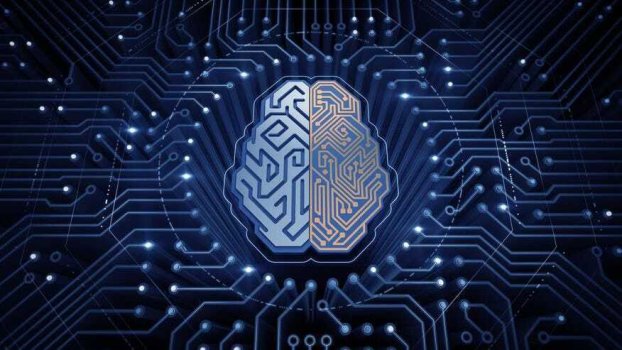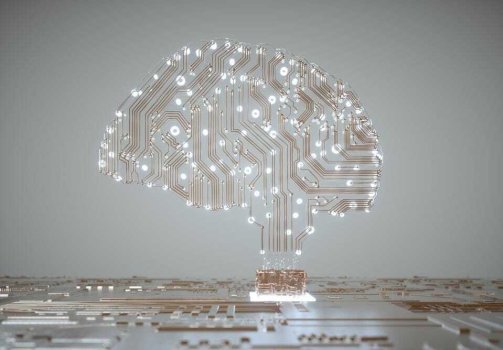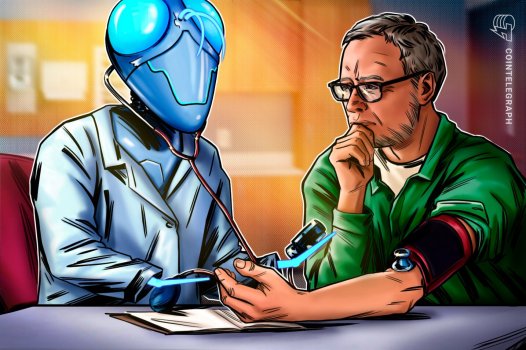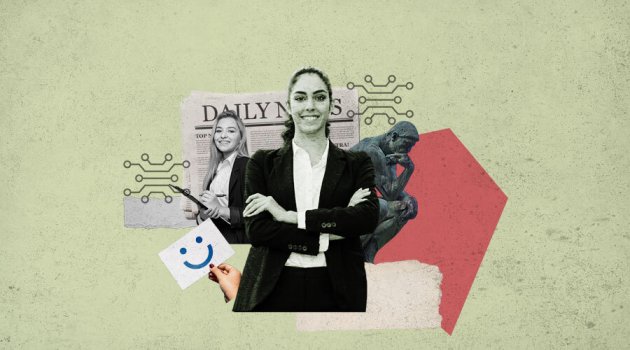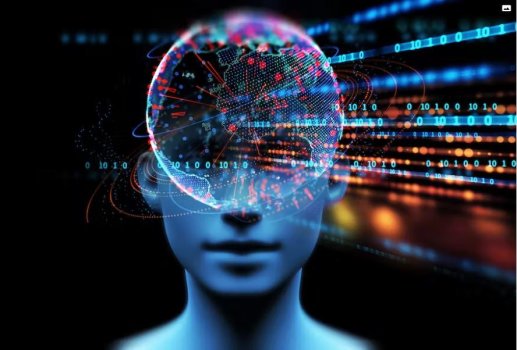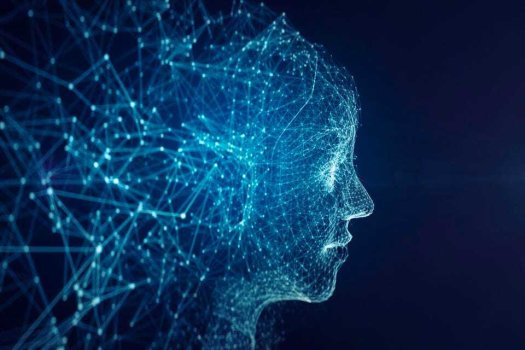Artificial Intelligence to Drive Safer Highways Program
- Technology Solutions
- 0 Replies
According to the FWHA, there is a need for early-stage research to support emerging advances in artificial intelligence to help solve complex issues in highway transportation.
A new Federal Highway Administration (FHWA) program aims to transform highways with artificial intelligence. Some of the areas where the technology is expected to play a future role include improved safety, environmental mapping, bridge capacity insights, and smart parking.
The Exploratory Advanced Research (EAR) Program is currently soliciting proposals up until December 5. It will then award contracts or engage in cooperative agreements. It is looking for research projects that “could lead to transformational changes and truly revolutionary advances in highway engineering and intermodal surface transportation in the United States.”
Additionally, the call for proposals indicated that “this program will support scientific investigations and studies that advance the current knowledge and state-of-the-art in the sciences and technologies employed in the planning, design, construction, operation, maintenance, and management of the nation’s highways. Strategically, this research will enable and expedite the development of revolutionary approaches, methodologies, and breakthroughs required to drive innovation and greatly improve the efficiency of highway transportation.”
Continue reading: https://www.rtinsights.com/artificial-intelligence-to-drive-safer-highways-program/
A new Federal Highway Administration (FHWA) program aims to transform highways with artificial intelligence. Some of the areas where the technology is expected to play a future role include improved safety, environmental mapping, bridge capacity insights, and smart parking.
The Exploratory Advanced Research (EAR) Program is currently soliciting proposals up until December 5. It will then award contracts or engage in cooperative agreements. It is looking for research projects that “could lead to transformational changes and truly revolutionary advances in highway engineering and intermodal surface transportation in the United States.”
Additionally, the call for proposals indicated that “this program will support scientific investigations and studies that advance the current knowledge and state-of-the-art in the sciences and technologies employed in the planning, design, construction, operation, maintenance, and management of the nation’s highways. Strategically, this research will enable and expedite the development of revolutionary approaches, methodologies, and breakthroughs required to drive innovation and greatly improve the efficiency of highway transportation.”
Continue reading: https://www.rtinsights.com/artificial-intelligence-to-drive-safer-highways-program/





